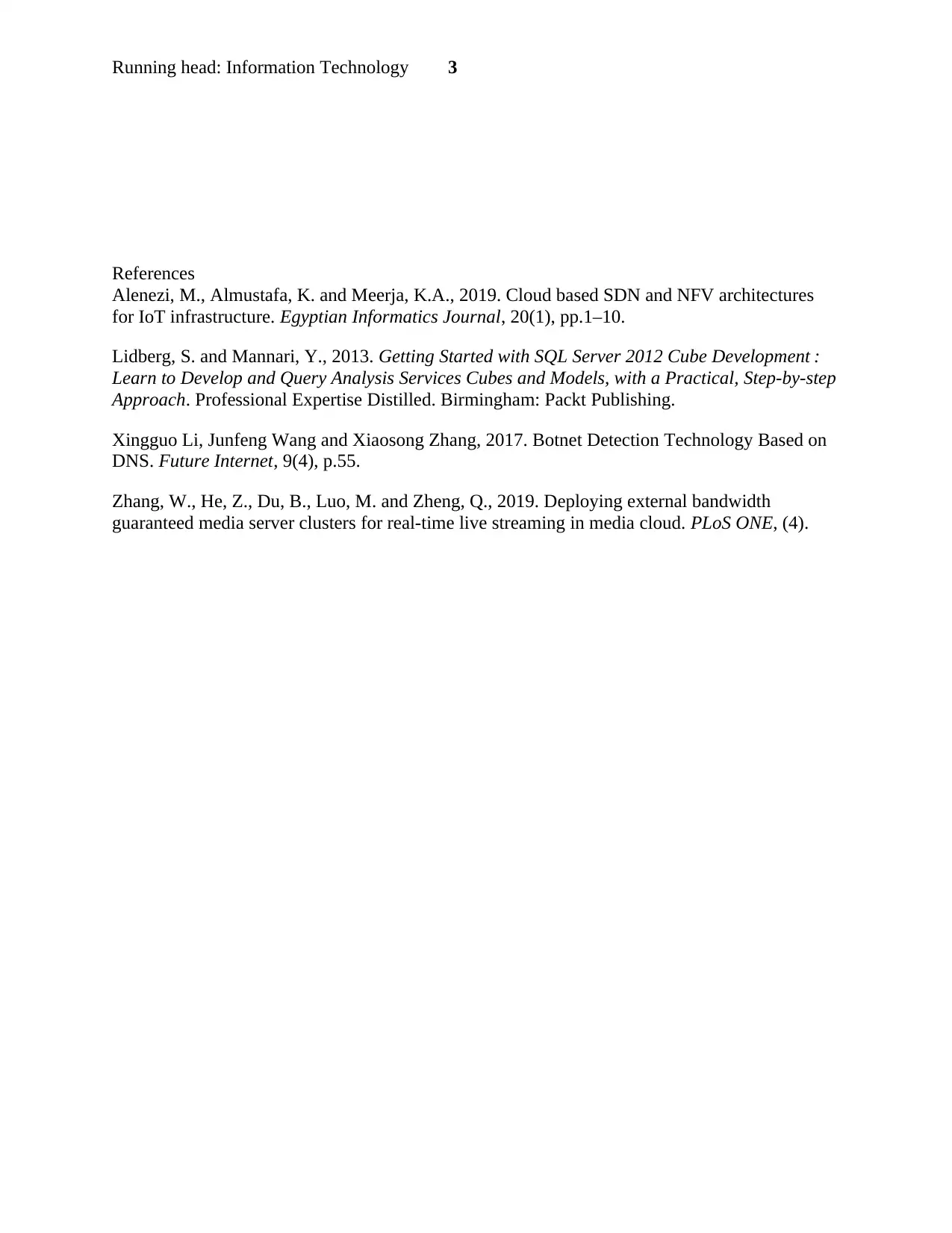TTF Infrastructure Upgrade: Systems Monitoring Test Report
VerifiedAdded on 2022/11/14
|3
|886
|51
Report
AI Summary
This report provides a comprehensive analysis of a systems monitoring test performed on a virtual environment for a medium-sized client named TTF. The objective was to test the implemented infrastructure upgrade before going live, ensuring no disruption to TTF's business operations. The report details the configuration of Active Directory with Server Manager and PowerShell, the implementation of Windows PowerShell Web Access, and the use of Mini-Shell and reduced GUI on Windows Server 2016. The analysis is divided into four sections, each focusing on individual tasks performed, documenting experiences and challenges. The first section covers the Active Directory service, which manages user accounts and passwords. Subsequent sections address joining servers to the domain, including the Domain Name System, Dynamic Host Configuration Protocol, file transfer, and Simple Mail Transfer Protocol server roles. The design team opted for read-only domain controllers at branches and the process of joining Windows clients to the domain for domain-wide management is also discussed. The report highlights scalability issues and the lack of security mechanisms, recommending bash scripting for automation and firewall implementation. The report concludes with references to relevant research papers.
1 out of 3










![[object Object]](/_next/static/media/star-bottom.7253800d.svg)